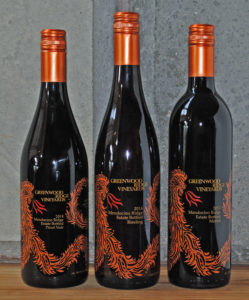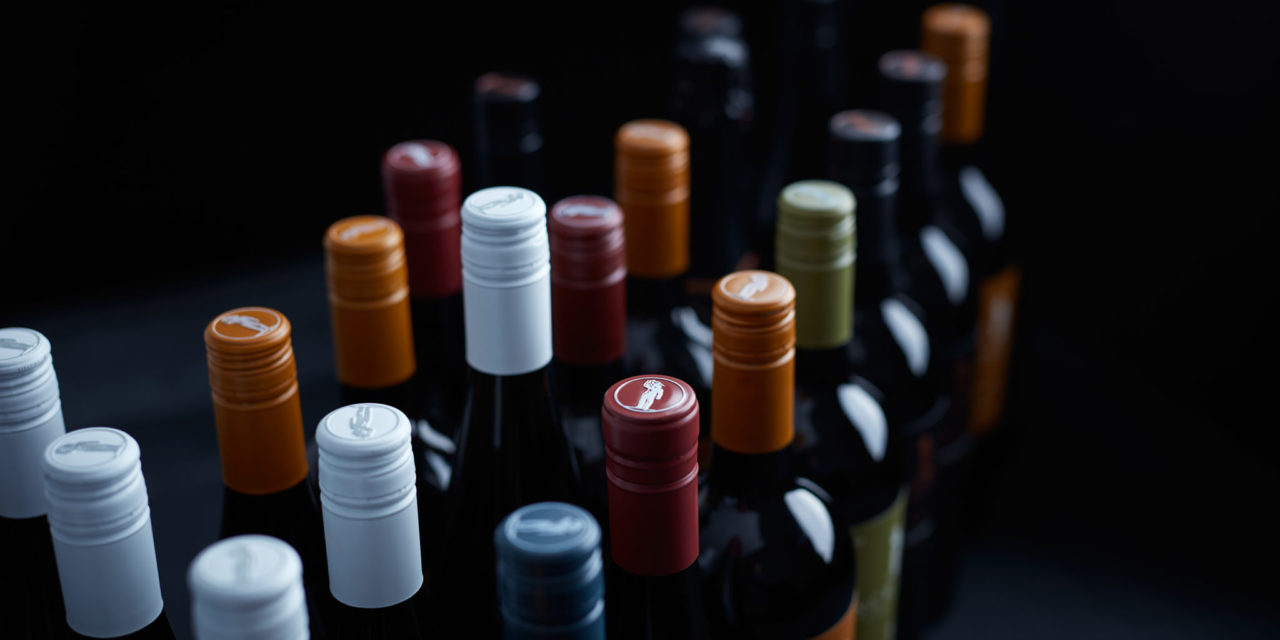Winemakers have so many packaging options at their disposal these days, but adoption of a new presentation is often a slow process. That said, I tracked down a handful of producers who have, in recent years, chosen to adopt screw caps—not just for whites and rosés, but for everything—to find out why.
Many wineries have switched to screw caps not just to avoid the dreaded TCA contamination known as cork taint, but to preserve wine freshness and avoid premature oxidation. Randall Grahm of Bonny Doon Winery in Santa Cruz, Calif., famously declared “cork is dead” in 2002, after Australian winemakers decided to use screw caps for their rieslings. New Zealand followed suit and both countries now use screw caps for more than 90 percent of their wines.
 California-based Plumpjack Winery was one of the first premium U.S. brands to use screw caps on its 1997 cabernet sauvignon, charging more for it than the cork-sealed version—and it’s held up far better.
California-based Plumpjack Winery was one of the first premium U.S. brands to use screw caps on its 1997 cabernet sauvignon, charging more for it than the cork-sealed version—and it’s held up far better.
Scheid Family Wines in Monterey, Calif., started out sealing whites and rosés under Stelvin, but since 2008, has bottled its entire production, including all reds, under screw cap. A bad batch of TCA-infected corks one year forced them to discard hundreds of cases of wine rather than risk alienating customers. After much research and experimentation, they went to screw caps for their 2006 whites. Customers loved it.
Winemaker Dave Nagengast was a big proponent of going all-in with screw caps for everything, while the marketing folks hesitated, worrying about customer perception for wines meant to age. Nagengast made the winning point that cork had become an uncontrollable variable in the finished wine product. Plus, if screw caps improve white wine longevity and were the best closures, then why weren’t they good enough for their premium reds, too?
Chehalem in Oregon’s Willamette Valley tested cork versus screw cap for 10 years before settling on Stelvin exclusively. It found screw caps help preserve sulfur dioxide levels and eliminate the bottle variation that wines with corks often exhibit. Stelvin closures can be customized with variable oxygen transfer rates for wines you want to age for longer than a year or so. The technology is there.
 Allan Green of Greenwood Ridge in California’s Anderson Valley went to screw caps for all his wines in 2008. “There were several reasons, but primarily we had a batch of moldy corks that wreaked havoc with one of our vintages of zinfandel. We saw on a trip to New Zealand and Australia that screw-capped wines were doing fine across the board there. I also thought it would be a good way to keep being environmentally progressive; it goes hand-in-hand with our solar panels and electric car chargers.”
Allan Green of Greenwood Ridge in California’s Anderson Valley went to screw caps for all his wines in 2008. “There were several reasons, but primarily we had a batch of moldy corks that wreaked havoc with one of our vintages of zinfandel. We saw on a trip to New Zealand and Australia that screw-capped wines were doing fine across the board there. I also thought it would be a good way to keep being environmentally progressive; it goes hand-in-hand with our solar panels and electric car chargers.”
Then there’s Robb Talbott in Salinas, Calif., who insisted the entire Talbott Vineyards production move to Stelvin in 2011. His deciding moment was when he brought a treasured bottle of white Burgundy to a high-end tasting only to find it corked. “I never want my own wines to disappoint like that,” says Talbott. No such disappointments are in store for those picking up anything from the Talbott line, from Kali Hart to top shelf Diamond T.
How about you? Are you considering a switch or are you steadfast for corks? I’d love to hear from you.








